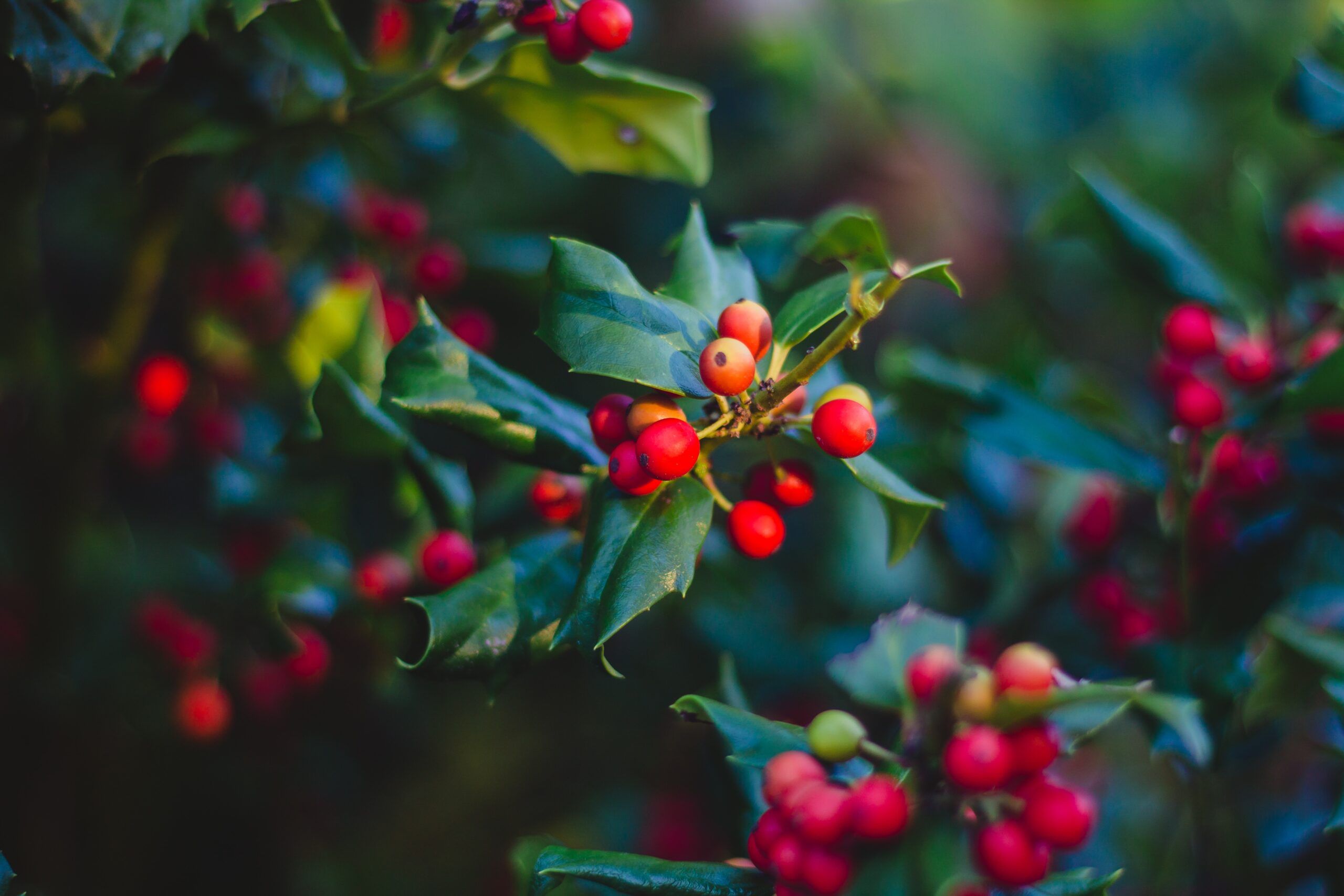Holly
Holly bushes are abundant across the country. They add interest and a splash of color during winter and act as good green backdrops in the summer months. Only the female plant American Holly can produce the berries. Make sure to plant a male variety nearby to grow berries.
Defoliation
Leaf defoliation is commonly seen during early spring on Holly plants that suffered from freezing injuries brought about by winter. The frozen ground and soil can cause Holly plants to defoliate to try and preserve water, and the dry winds and bright sun reflecting off the snow can cause leaf scorch, too. Black root rot is a common cause of leaf defoliation in holly plants.
Dieback/Flagging
Holly dieback/flagging is often caused by:
- Phytophthora Rot
- Black Root Rot
The Thielaviopsis basicola is a type of fungus that can cause black root rot and branch dieback on Holly plants.
Moldy Leaves
Moldy leaves on holly shrubs are often caused by:
- Camellia Scale
- Holly Wax Scale
Yellowing/Browning
Yellowing can be indicative of black root rot brought about by the Thielaviopsis basicola fungi or Phytophthora rot.
Yellowing Holly leaves can be indicative of iron deficiency. If a leaf does not get enough iron, it cannot produce chlorophyll to make the leaves green. Iron deficiency on the shrub may be caused by overwatering or poor soil drainage.



